Exploring Beauty Traditions Across Cultures
One of the things that makes beauty traditions fascinating to explore is that they go a long way in showcasing the different cultural beliefs and practices that have shaped beauty standards and rituals across diverse regions and periods. Beauty has always been a significant part of human history; from ancient beauty practices used by Egyptian queens to modern-day Korean skincare routines, the significant impacts of these beauty practices cannot be forgotten.
Every culture is unique as it has its beauty standards, often influenced by geography, climate, religion, and societal norms. Some beauty traditions involve using natural ingredients like herbs, plants, minerals, etc., while others involve specific tools and techniques.
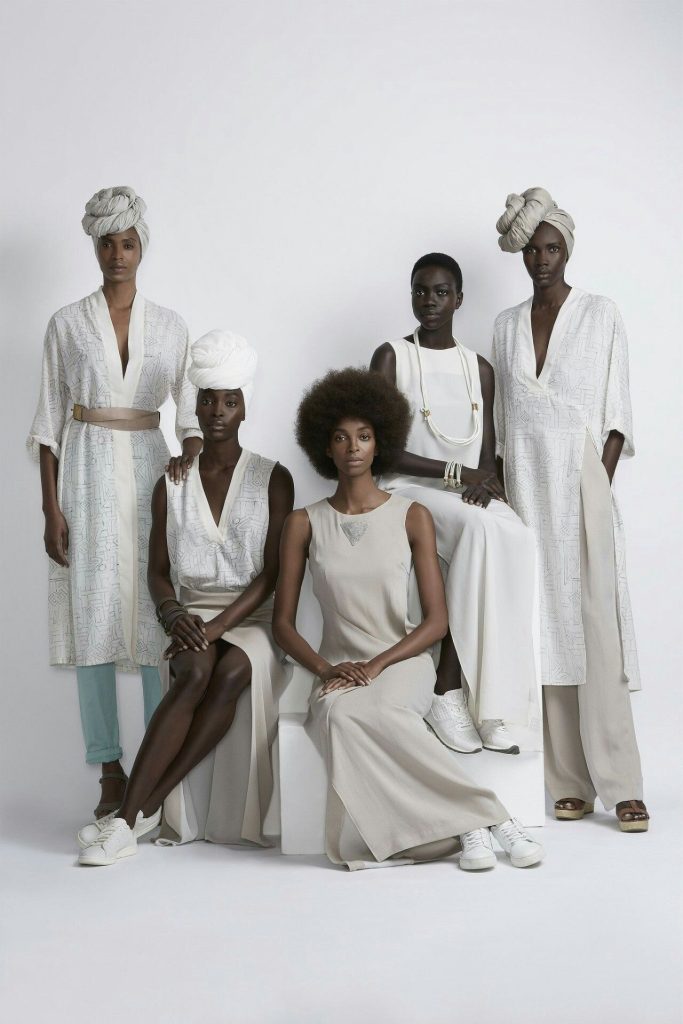
Many cultures view beauty as an integral part of one’s self-expression and identity. In most cases, they are often tied to concepts of spirituality, health, and social status.
Using African cultures as a case study; they have several traditional beauty practices, which include tribal scars, intricate hairstyles and so on. These practices served as a symbol of cultural identity and tribal affiliation. Beauty practices in some other cultures may be associated with religious beliefs or, in most cases, used to enhance sexual appeal and fertility.
However, natural ingredients like argan oil, turmeric, and shea butter are used in many modern skincare and haircare products.
(1) NIGERIA
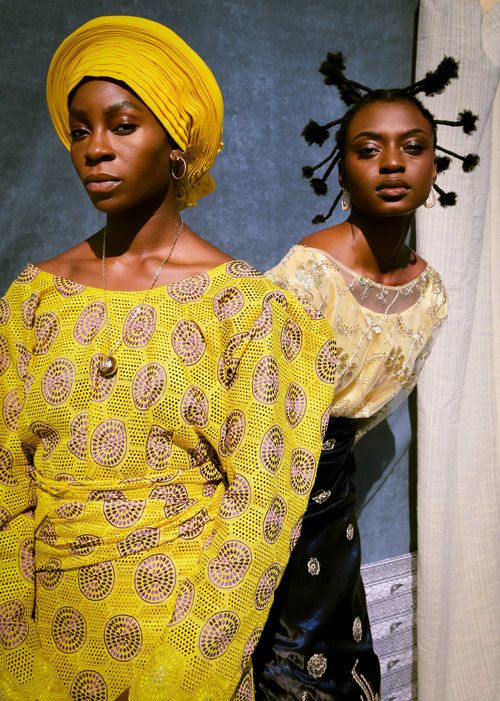
For centuries, Nigerian women have been using African black soap. These soaps are made from natural ingredients, including plantain skins, palm oil, cocoa pod ash, etc. All these ingredients are known for their exfoliating and moisturising properties. In protecting their skin from the harsh African sun, they use a mixture of shea butter and coconut oil.
(2) ETHIOPIA
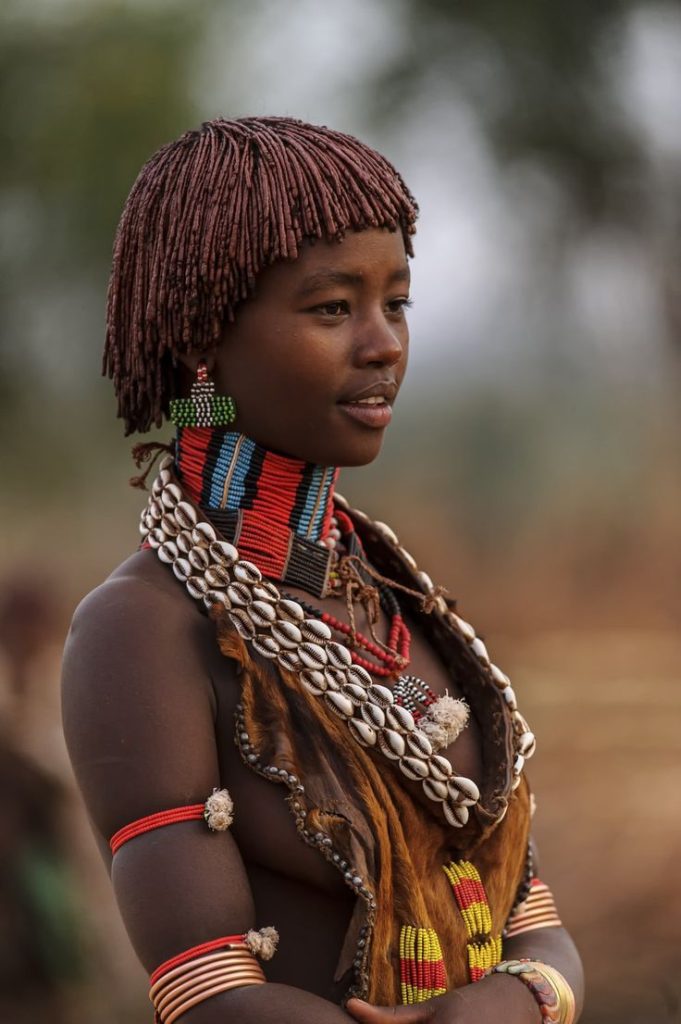
Ethiopia’s beauty traditions revolve around natural ingredients like honey and coffee. They use honey to moisturise their skin and hair, while coffee exfoliates and brightens the skin. Ethiopia is also known for its traditional braiding styles, which include intricate cornrows and twists.
(3) GHANA
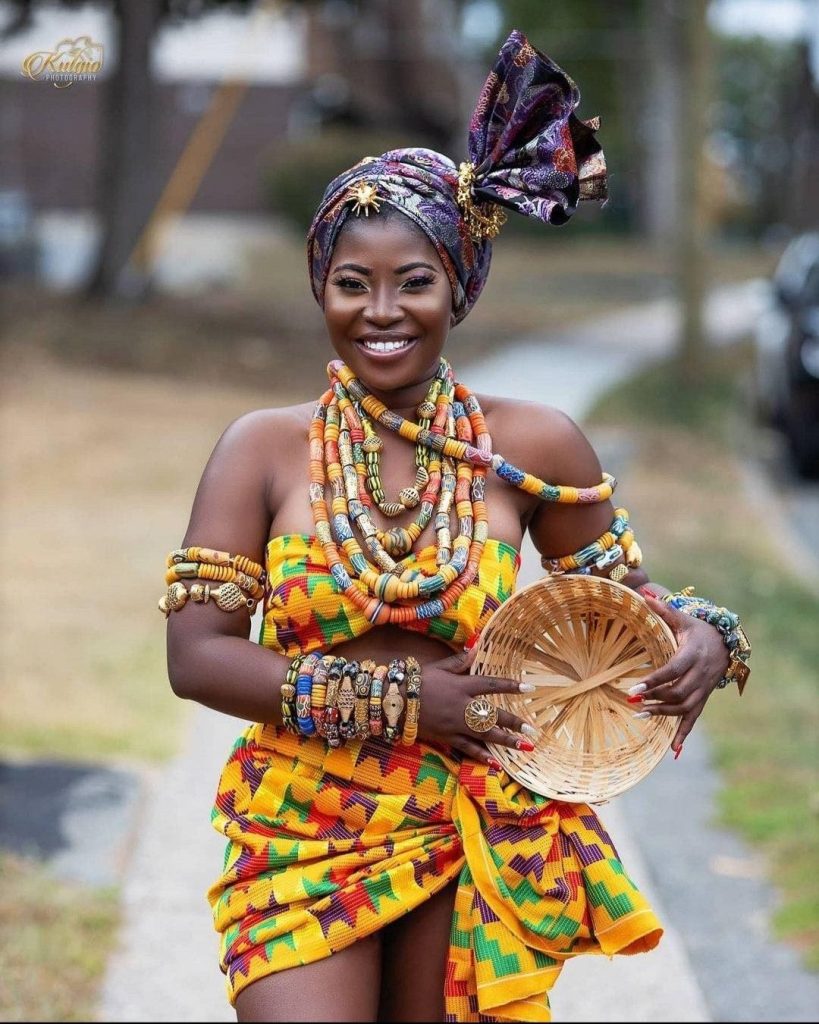
In Ghana, I used shea butter for different purposes. Apart from the fact that they use it for their beauty routine, they also incorporate it into their daily diets. Ghana is known for its shea butter production, and they use this butter for cooking traditional dishes and use it as a skin and hair moisturiser. Ghanaian women also use a natural called “Nsu” for skincare purposes.
(4) SOUTH AFRICA
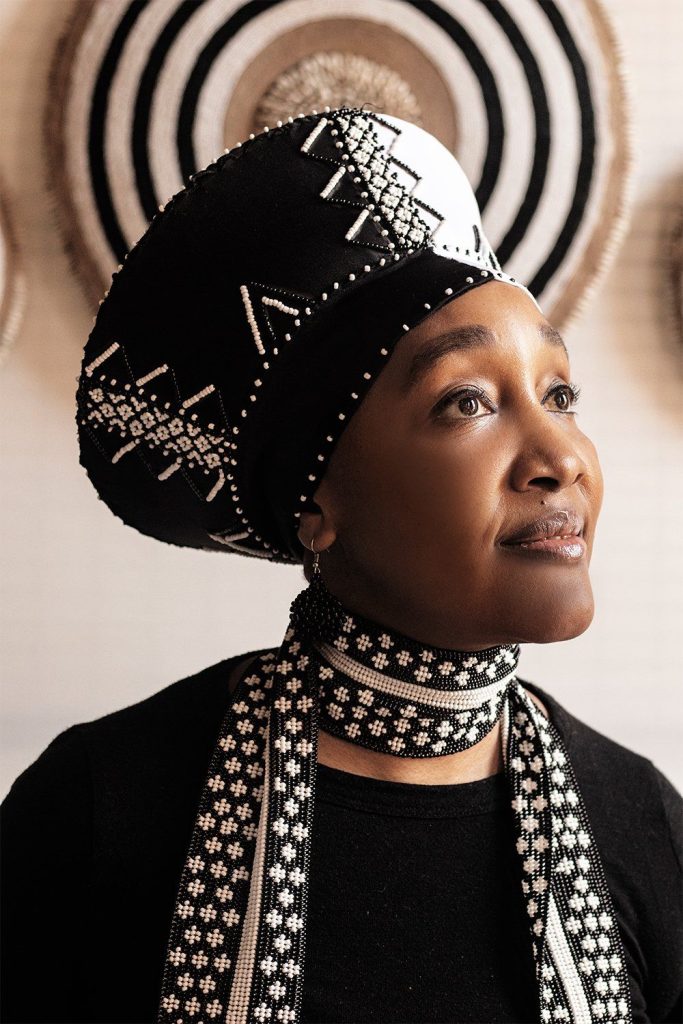
In South Africa, the Xhosa people use white clay called “UMCHOLO” for beauty purposes. They apply this clay to their face and body to help with skin conditions like acne and eczema. The country is also known for its traditional beadwork, often incorporated into hairstyles and jewellery production.
(5) JAPAN
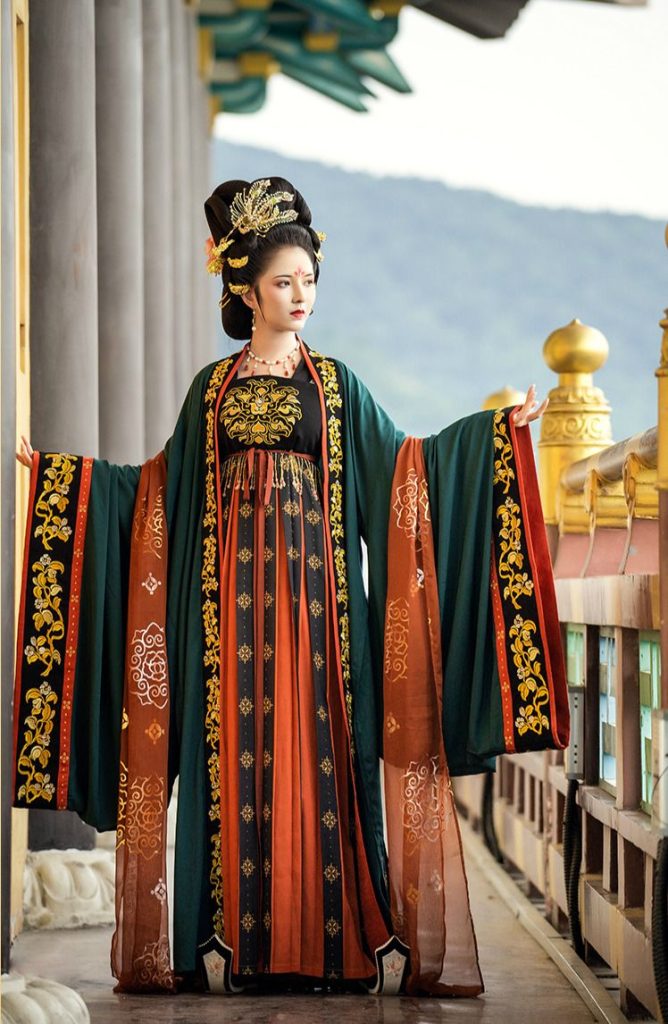
In Japan, their beauty standard revolves around flawless, porcelain skin. For centuries, women in Japan used rice water to cleanse and brighten their skin. After soaking uncooked rice in water, they would use the resulting liquid as a facial wash. This ancient beauty practice is still popular and is known for improving skin clarity and texture.
(6) EGYPT
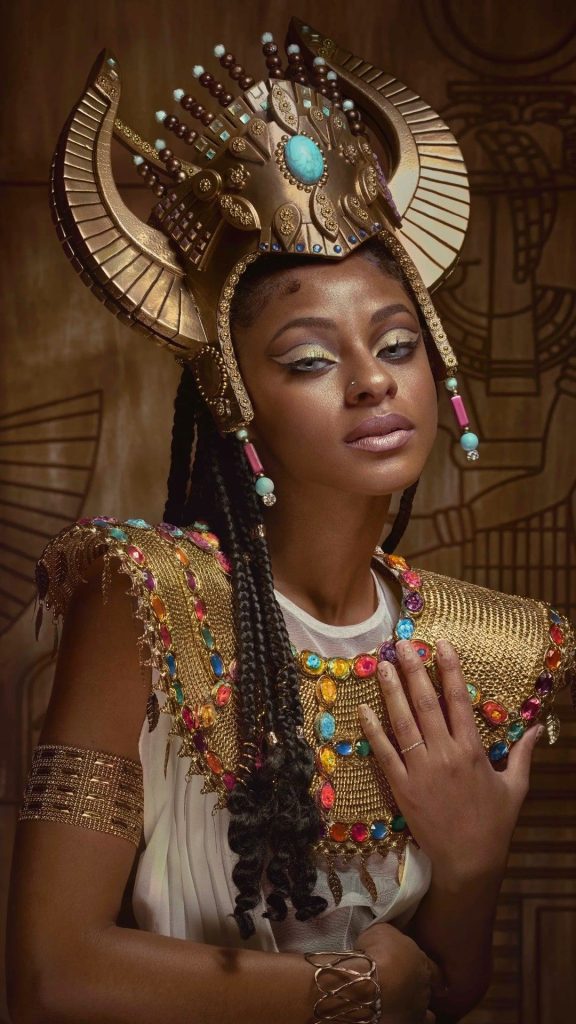
Beauty practices in this country date back to ancient times. Egyptian queens like Cleopatra were known for their striking beauty, and their secret was using black kohl eyeliner. These eyeliners were made from crushed minerals, and then they would be mixed with oils. Apart from the fact that these eyeliners helped enhance their eye beauty, they were also used to protect them from the harsh desert sun.
(7) INDIA
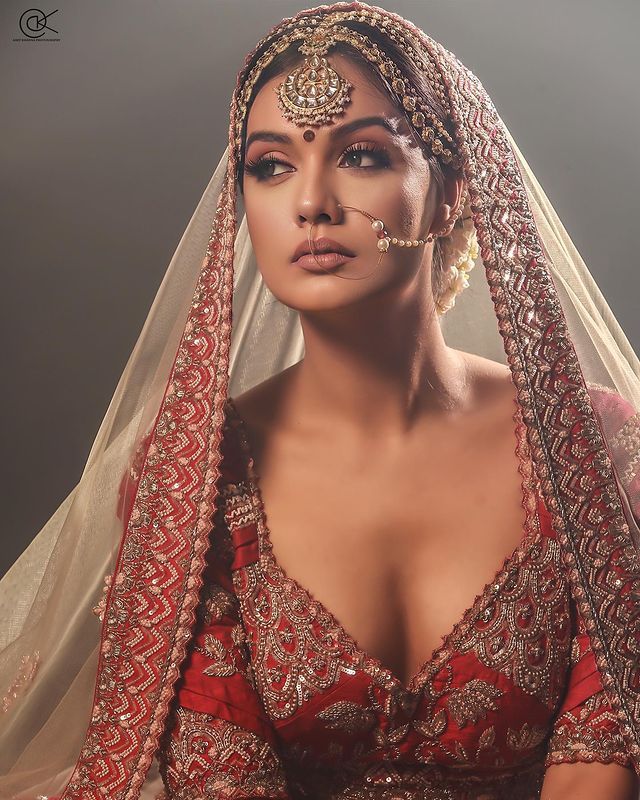
Moving on to India, their beauty tradition is all about haircare. Indian women are popularly known for their long, lustrous hair, which they maintain with natural oils like coconut and sesame. Another popular beauty practice of Indians is the application of henna, a natural dye that helps colour their hair while nourishing it, leaving it silky and shiny.
(8) SOUTH KOREA
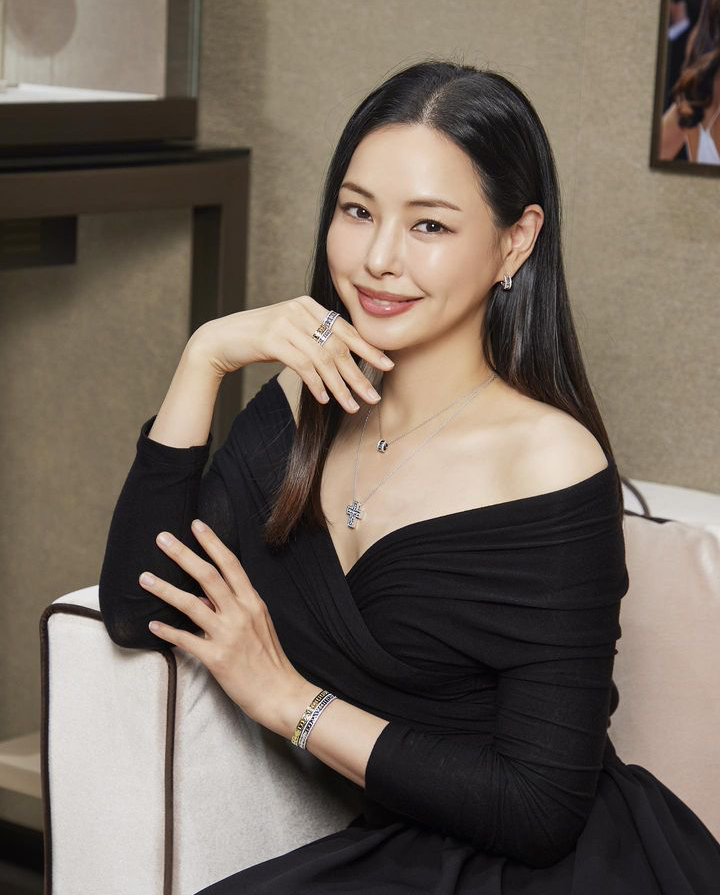
In South Korea, beauty is about achieving a flawless, youthful complexion. The Korean skincare routine involves a different process that includes cleansing, toning, moisturising, and using serums and masks. Most of the products used in this routine contain natural ingredients like green tea, ginseng and so on, and these ingredients are known for their anti-ageing and brightening properties.
(9) MIDDLE EAST
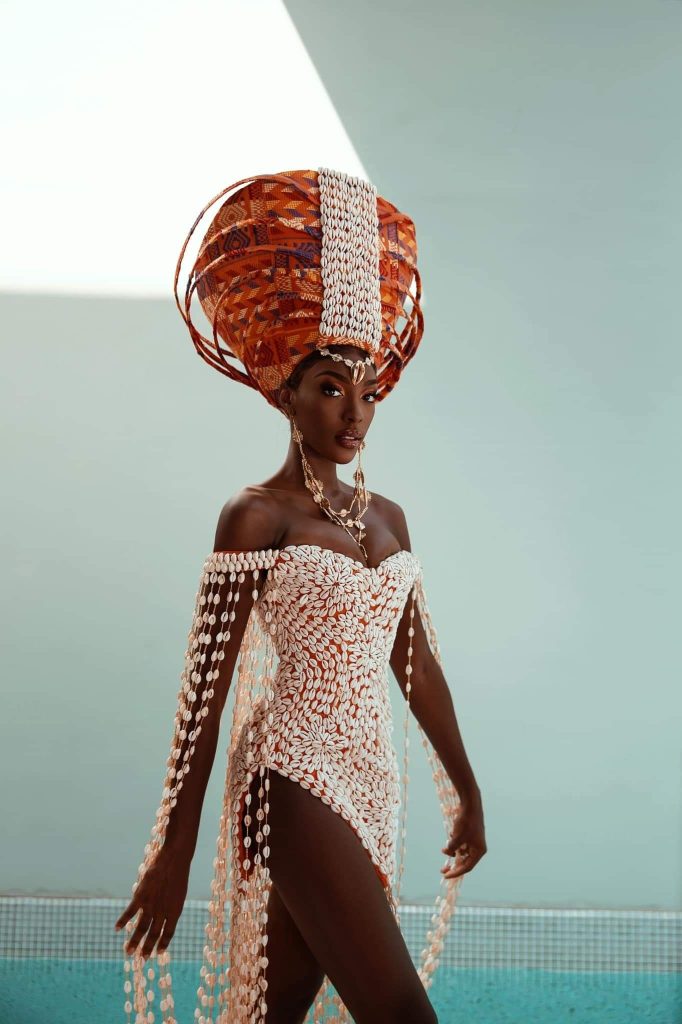
In the Middle East, religious and cultural practices highly influence their beauty traditions. One of the most well-known beauty practices is the application of henna tattoos. They apply these intricate designs to their hands and feet for special events like weddings or religious festivals.

Dorcas Akintoye is a versatile writer with a passion for beauty, fashion, relationships, and culinary delight. With a keen eye for detail and a passion for storytelling, she adds a touch of elegance to every topic she explores. She is a writer at THEWILL DOWNTOWN.


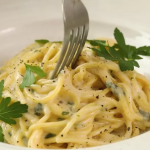

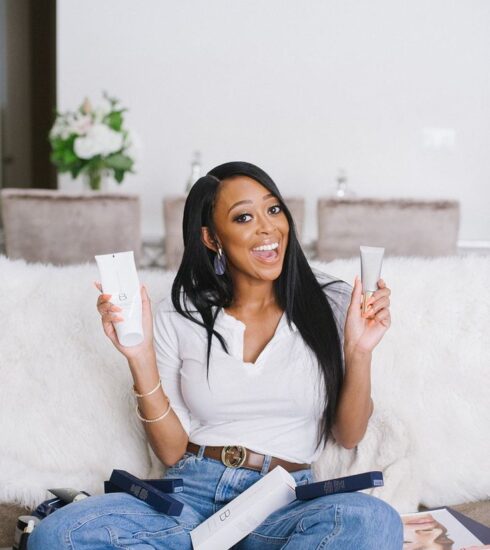
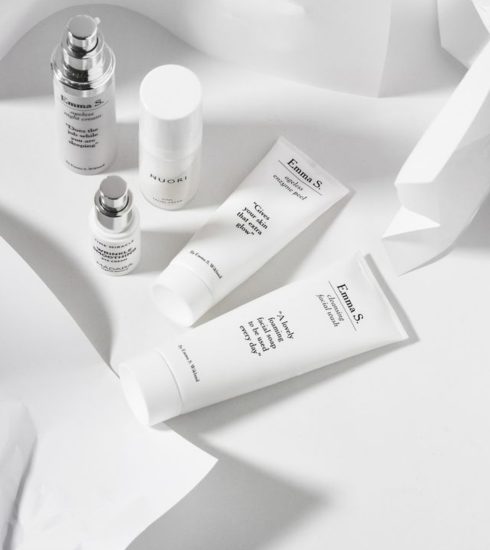
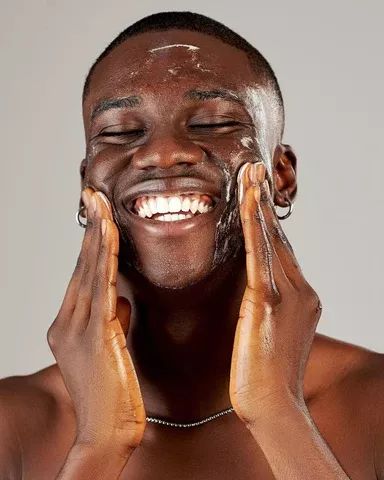
Goody
2 years agoThank you for letting us no this
Xian
10 months agoHello, I like this article and I think it can help me a bit with my research study, though I would just like to point out that the image shown in (5, Japan) is not Japanese but Chinese. I understand that its quite hard to differentiate though since they look similar in a way 😅